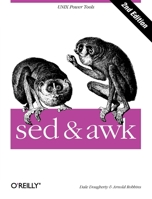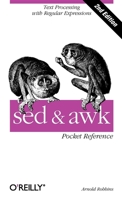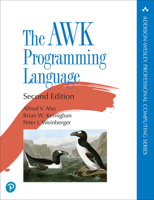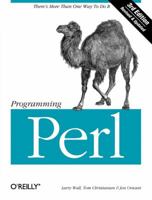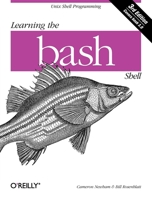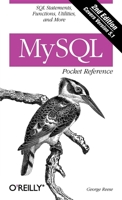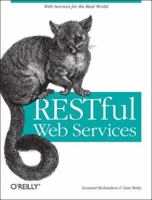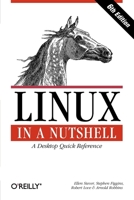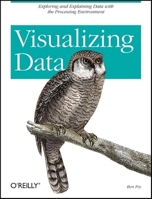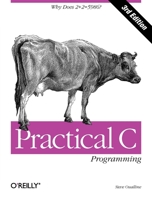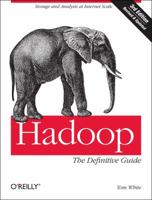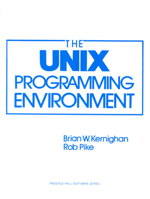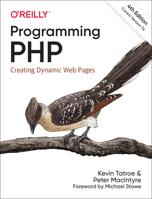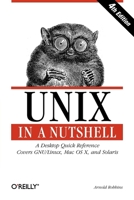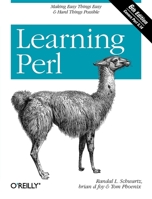Effective awk Programming
Select Format
Select Condition 
You Might Also Enjoy
Book Overview
Customer Reviews
Rated 4 starsOld Reliable AWK
Every once in a while I am told to panic and get something done in an unreasonable amount of time. When the "something" involves text processing I sometimes return to AWK, and last night it saved my bacon once again. This book has never quite given me the sort of reader experience I'd hoped for, but it does get the job done and can help you do the same.
0Report
Rated 5 starsExcellent tutorial & reference that zeroes in on awk
This book explains both the awk language and how to run the awk utility. You should already be familiar with basic system commands, such as cat and ls, as well as basic shell facilities, such as input/output redirection and pipes. This book describes the awk language in general and also the particular implementation of awk called gawk. gawk runs on a broad range of Unix systems and has also been ported to Mac OS X, MS-DOS,...
0Report
Rated 4 starsThis book is an essential for people writing unix scripts and doing system administration
Awk is a powerful tool to perform search, and pattern matching on the strings/files. This book is an essential for people writing unix scripts and doing system administration. It gives you insight on how things work, and has very nice examples and tricks to perform the tasks. Mostly the majority of the tasks are covered in the beginning, and the deep rooted tasks, are covered in the later chapters.
0Report
Rated 5 starsMost Complete Coverage of Awk
Awk is one of those handy Unix tools with which you can easily impress people. Using a simple/pattern/ { action }syntax, you can construct powerful one-liners. Do you want to how much time in total you spent surfing the Internet? Here it is:awk '/Connect time/ { s += $8 } END { print s }' /var/log/messagesIt doesn't get much shorter in any other programming language, does it? Need to strip text of HTML tags? Need a frequency...
0Report
Rated 4 starsawk programming
This book is being picked up by the O'Reilly people. I have many of the O'Reilly books on my book shelf. There will be a third edition due out in July with Robbins as the author. I read though this book and thought it as good or better than the "Sed & awk" book that O'Reilly presently has out. Robbins is also an author on this book. I thought the book to be better than the "AWK programming language" by Aho, Kerninghan and...
0Report













